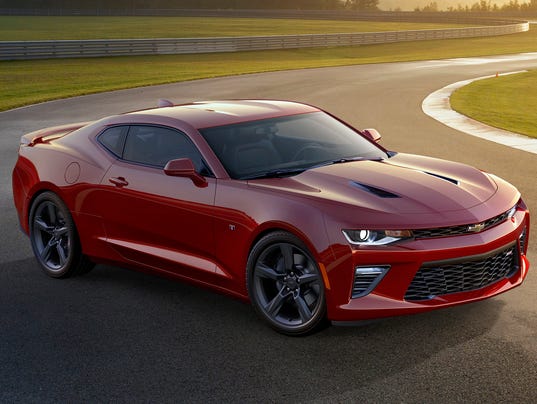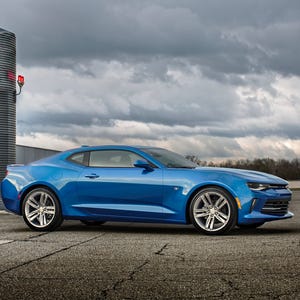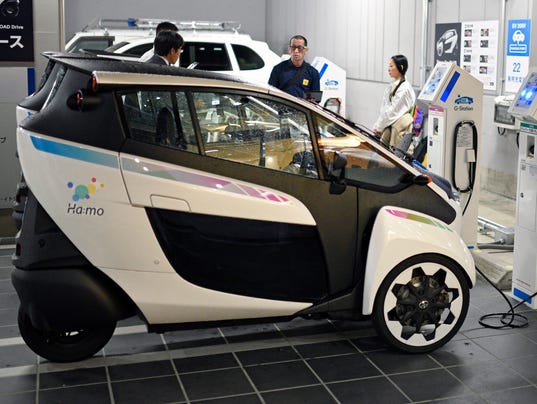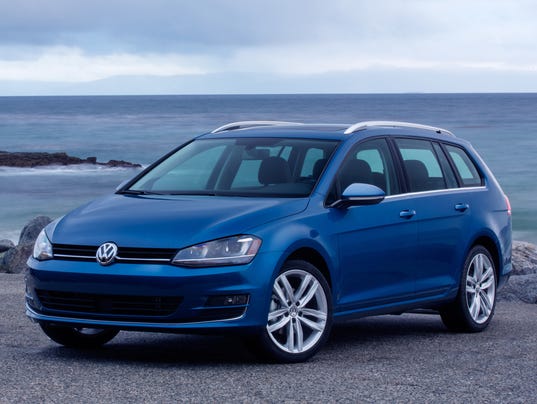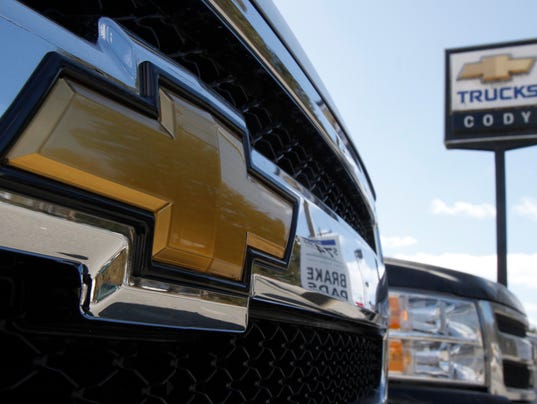Audi started the biggest investment program in its history last year
as part of its effort to overtake BMW as the world's largest premium
automaker by 2020. The Volkswagen Group subsidiary will spend 24 billion
euros ($26.12 billion) through 2019.
Audi CEO Rupert Stadler, 52, is particularly bullish about the automaker's fast-growing SUV lineup. He explained why in an April interview with Automotive News Europe Editor Luca Ciferri at the Shanghai auto show.
Q: Audi will have 60 models or variants by 2020. Which body style will account for the majority of the lineup?
A: Globally, we will respond proactively to the growing number of customers who enjoy SUVs' higher driving position and their sense of enhanced safety. We already decided to go smaller with the Q1 and to go bigger with the Q8. Regardless of the size of the SUV, we strive to be the most sought-after model in the segment. For example, the transaction price for a Q7 is very similar to our A8 flagship sedan because our SUVs are not utilitarian off-roaders.
Last year Audi showed the SUV-inspired TT Off-road Concept. Is that Audi's vision for a sporty compact SUV that may be badged as the TTQ?
The feedback for that concept was very positive, but no decision has been made on whether we will build something like that. If such a model will get the green light, to be at the top of its segment it would need to be underpinned by the next generation of the MQB architecture. That means it would not arrive until after 2020.
Audi has shown three Prologue concept cars. What is the purpose of those cars?
They provide a glimpse of our future design direction so that we can get some customer feedback. The first Prologue concept, shown last year at the Los Angeles Auto Show, received really positive feedback. This was very important for us because we had faced some criticism about our design. With that concept we showed where we are headed.
Does the Prologue Avant concept shown in Geneva hint at a forthcoming A8 wagon?
This concept, with its strong sex appeal, also generated excellent feedback. For us, it confirmed that our future design direction is correct. Unfortunately, wagons are popular only in Europe, so we doubt there would be enough demand to justify building such a model.
Is global acceptance of Audi's Sportback models growing?
Definitely. They also enjoy high transaction prices. The A7 Sportback, which is based on the same architecture of the A5 and A6, has average transaction prices close to the A8.
Should we expect more Sportback variants?
We don't discuss future models, but I can say that we are working hard in this sector. Clearly, models with good margins have a better chance of getting production approval.
Does Audi need a large, four-seat coupe to compete against the BMW 6 series?
Models like that add prestige and boost the brand image, but that segment is very small and getting smaller. If you are looking to boost your global volume, a large SUV like the forthcoming Q8 is more likely to be a winner than a large coupe.
Does Audi worry that Google or Apple will become strong rivals to automakers?
No, because we cooperate closely and effectively with both of them. We know we will compete in some areas and collaborate in others. That's normal. More than a year ago we entered the Open Automotive Alliance with Google. This is good for us because we are learning more about industries whose product life cycles are totally different from ours.
Audi CEO Rupert Stadler, 52, is particularly bullish about the automaker's fast-growing SUV lineup. He explained why in an April interview with Automotive News Europe Editor Luca Ciferri at the Shanghai auto show.
Q: Audi will have 60 models or variants by 2020. Which body style will account for the majority of the lineup?
A: Globally, we will respond proactively to the growing number of customers who enjoy SUVs' higher driving position and their sense of enhanced safety. We already decided to go smaller with the Q1 and to go bigger with the Q8. Regardless of the size of the SUV, we strive to be the most sought-after model in the segment. For example, the transaction price for a Q7 is very similar to our A8 flagship sedan because our SUVs are not utilitarian off-roaders.
Last year Audi showed the SUV-inspired TT Off-road Concept. Is that Audi's vision for a sporty compact SUV that may be badged as the TTQ?
The feedback for that concept was very positive, but no decision has been made on whether we will build something like that. If such a model will get the green light, to be at the top of its segment it would need to be underpinned by the next generation of the MQB architecture. That means it would not arrive until after 2020.
Audi has shown three Prologue concept cars. What is the purpose of those cars?
They provide a glimpse of our future design direction so that we can get some customer feedback. The first Prologue concept, shown last year at the Los Angeles Auto Show, received really positive feedback. This was very important for us because we had faced some criticism about our design. With that concept we showed where we are headed.
Does the Prologue Avant concept shown in Geneva hint at a forthcoming A8 wagon?
This concept, with its strong sex appeal, also generated excellent feedback. For us, it confirmed that our future design direction is correct. Unfortunately, wagons are popular only in Europe, so we doubt there would be enough demand to justify building such a model.
Is global acceptance of Audi's Sportback models growing?
Definitely. They also enjoy high transaction prices. The A7 Sportback, which is based on the same architecture of the A5 and A6, has average transaction prices close to the A8.
Should we expect more Sportback variants?
We don't discuss future models, but I can say that we are working hard in this sector. Clearly, models with good margins have a better chance of getting production approval.
Does Audi need a large, four-seat coupe to compete against the BMW 6 series?
Models like that add prestige and boost the brand image, but that segment is very small and getting smaller. If you are looking to boost your global volume, a large SUV like the forthcoming Q8 is more likely to be a winner than a large coupe.
Does Audi worry that Google or Apple will become strong rivals to automakers?
No, because we cooperate closely and effectively with both of them. We know we will compete in some areas and collaborate in others. That's normal. More than a year ago we entered the Open Automotive Alliance with Google. This is good for us because we are learning more about industries whose product life cycles are totally different from ours.





